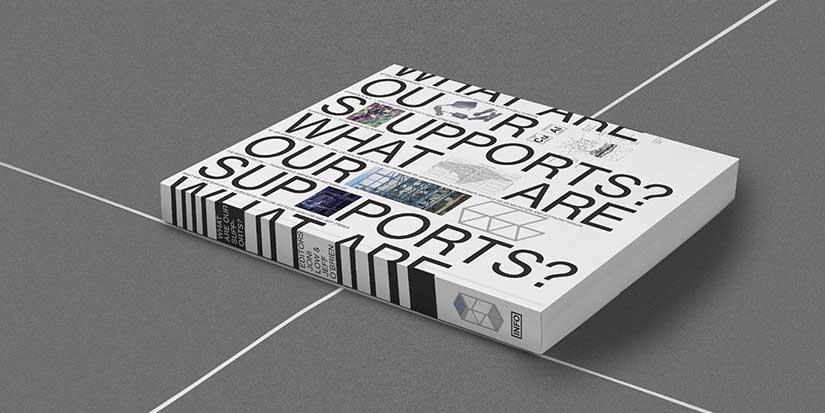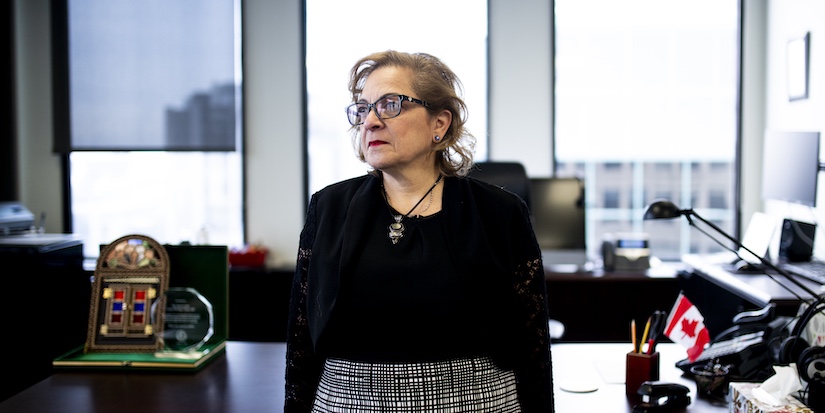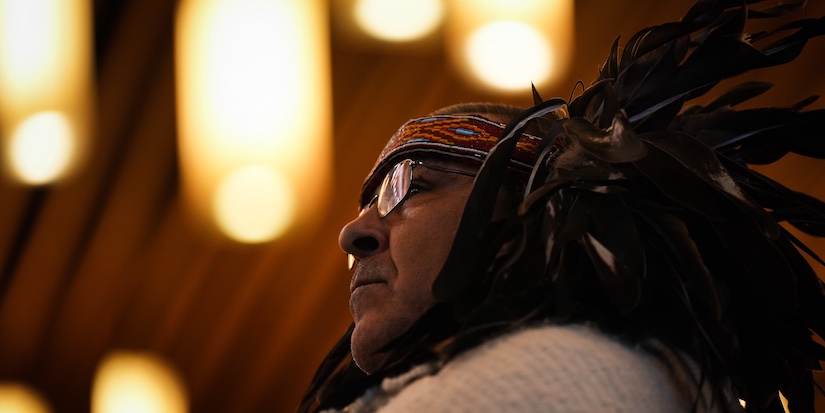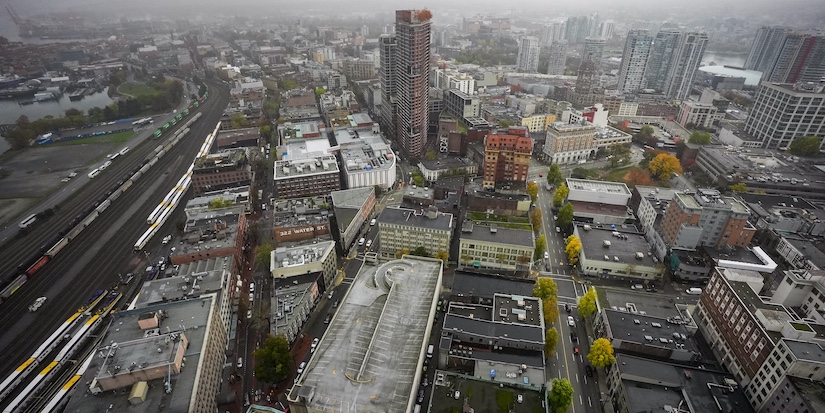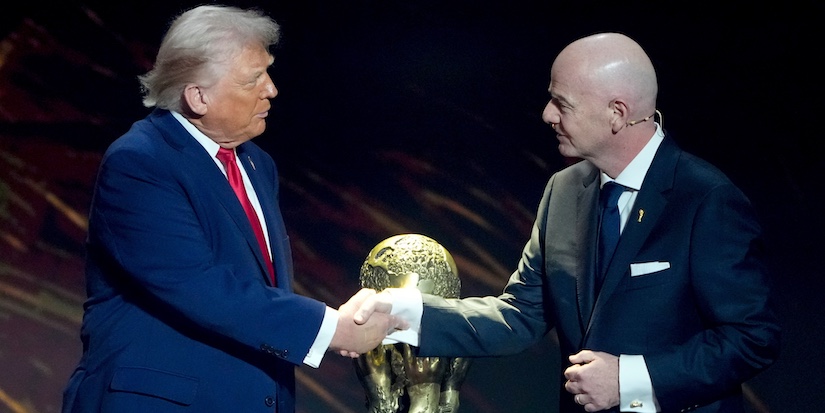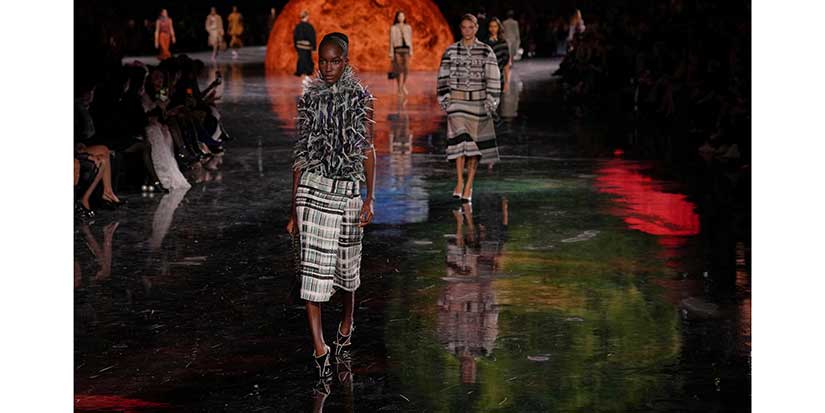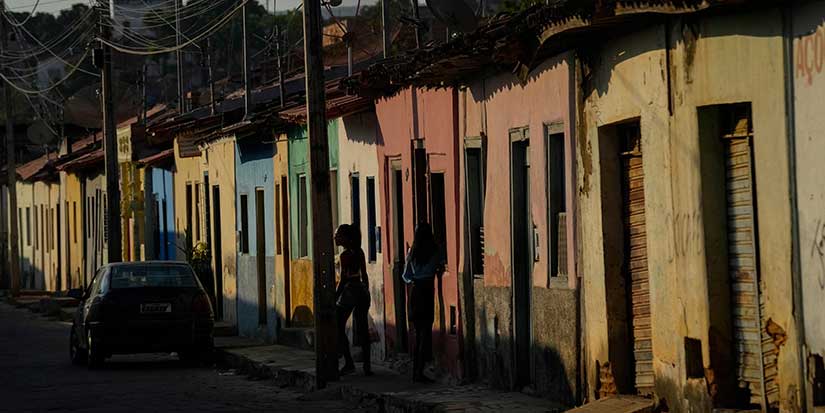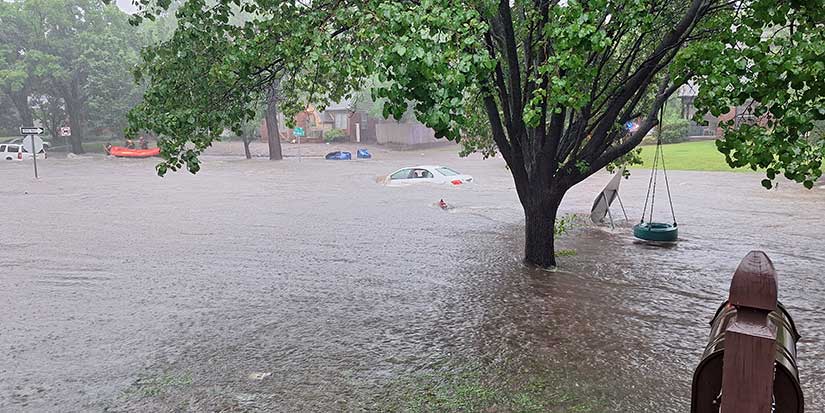Arts & Culture
Art anthology invites contemplation of social supports

By Hannah Scott
Published 2:30 PST, Mon January 16, 2023
Last Updated: 3:33 PST, Mon January 30, 2023
—
The new art anthology What Are Our Supports? is co-published by Richmond Art Gallery and based on a 2018 art partnership.
Curator and writer Joni Low and art historian Jeff O’Brien worked with the project of the same name that inspired the anthology. This collaboration involved five artist groups using a Bell telephone booth named Home Made Home: Boothy created by artist Germaine Koh and placed in a public space in downtown Vancouver. The booth functioned differently for each group, becoming a haircutting station, a currency exchange, an Indigenous ecosystem, a lightbox, and a greenhouse.
Low explains that the inspiration for the telephone booth project came from an earlier exhibition she worked on called Afterlives.
“One of the questions was around the afterlives of things that have outgrown their intended use, like ideas, technology, paradigms, and things like that,” says Low. “That was an inspiration to the project and that fit into the What Are Our Supports? project. All the artists who participated in the project frequently work collectively and also sustain space for art outside of institutional and gallery context as part of their projects.”
Low says the exhibit derived further inspiration from artists’ desires to find support, as well as their often precarious situation when seeking studio space and communities. The anthology was not planned as part of the original project, but grew organically during the pandemic.
“I realized many of the public discussions around the need for social and self-organized support during that time—times of isolation, uncertainty, rapid change, where we’re recognizing some of our societal support structures can’t meet some of those needs—resonated really strongly with what we discussed in the project and what the artists explored,” says Low.
The anthology comprises original artist project reflections, commissioned essays and poems, and reprinted texts. Low appreciated the opportunity to reflect on the project afterwards as opposed to compiling the anthology at the same time as the exhibition.
“(We) started with the five artist projects in public space; (there) were contributions by each of the artist groups,” she says. “(Then) we brainstormed people who are writing on urban space or spatial poetics, or who have practices or have made works or projects that exist outside a digital context.”
Using a question as the anthology’s title, Low says the project is still open-ended.
“In addition to the phone booth that joined all these practices together, how can we look at all the supports that the artists attuned us towards, and what does that say about us now?” says Low.
Low points out that the pandemic removed opportunities for public connection, with a move to more pre-determined digital options. But the pause in regular routines also offered new possibilities.
“I mention this in my essay about how the pandemic provided time, a suspension of time initially to sense what’s not working,” says Low.
She adds that the time also allowed people to participate in social engagement like protests for the deaths of George Floyd and Breonna Taylor; Indigenous-led movements defending water, land, and fishing; and recognizing the need for reconciliation around children lost at residential schools. Some of the authors’ pieces speak to those elements of protest.
“I think all of the authors had a chance to reflect on ‘What is it that we need to build more inclusion and representation in art processes?’ so I think it fed a lot into that in terms of thinking ‘What do we need to work on?’” says Low.
She envisions the anthology as being not only for artists or art communities, but for a broader readership.
“My hope is that readers will come away with the sense of how integral the act of support is in our world fabric, on an intimate scale here and as something that they can build into their everyday lives as a creative practice (that’s) not limited to art,” she says. “The artists in this project and volume are attuning us to cherished basics that are core to being connected: communication, trust, play, practice.”
Ultimately, Low hopes the anthology sparks people to support causes that matter to them, recognizing that support requires a collective effort. She is also grateful to the Richmond Art Gallery and director Shaun Dacey for their support, as well as other partners.
A launch party for What Are Our Supports? is happening at Simon Fraser University’s Goldcorp Centre for the Arts on Jan. 21.
